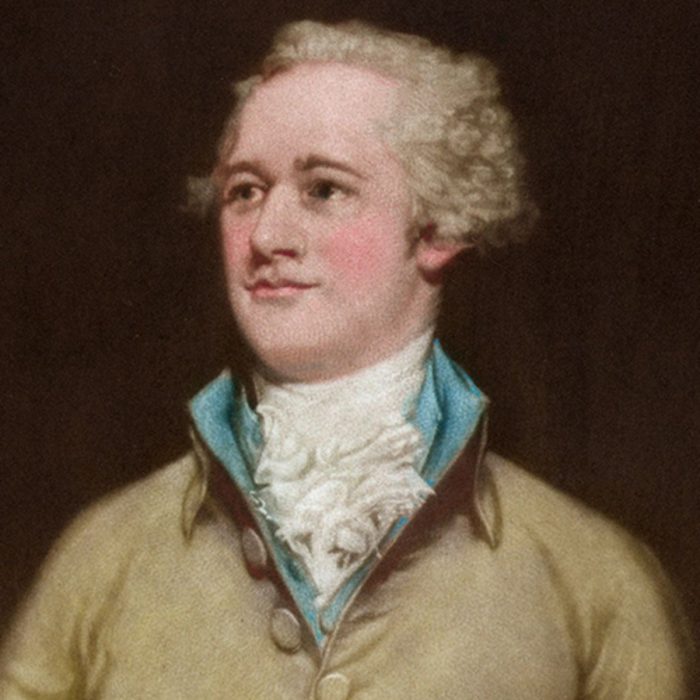 The cruelty is the point. People keep saying that about the criminal occupying our White House, the Republicans in general, the Kochs and their fellow oligarchs, and the others who hold a lot of power in the United States right now.
The cruelty is the point. People keep saying that about the criminal occupying our White House, the Republicans in general, the Kochs and their fellow oligarchs, and the others who hold a lot of power in the United States right now.
It’s hard for me to fathom that attitude, but I’m beginning to think it’s true.
I just read historian Daniel Lord Smail’s On Deep History and the Brain, a very thought-provoking book that takes history far beyond the Western Civ I learned in school.
He mentions the castellans, 11th and 12th century men who built or took over a castle, hired a bunch of thugs to defend it, and terrorized the people around into working for them. Random cruelty works.
Right now in the United States we have a lot of people in power who think like castellans.
Smail also quotes Robert Sapolsky: “When humans invented poverty, they came up with a way of subjugating the low-ranking like nothing ever before seen in the primate world.” Continue reading “On Cruelty, Poverty, and Hierarchy”…

